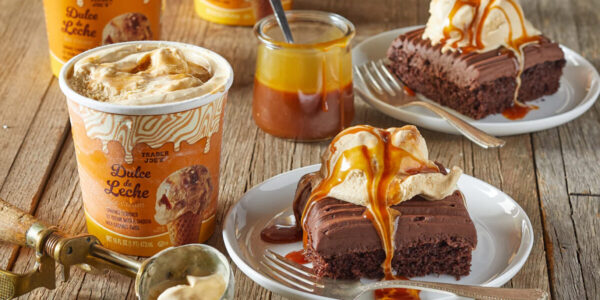
Oregon: The Christmas tree capital
Joe Sharp bends down to admire a small, tidy conifer with bright green boughs.
“Look at that bud density,” he tells me. “Phenomenal.”
Sharp is praising a Serbian spruce, native to Europe but thriving here in Clackamas County, Oregon, Christmas tree capital of the world.
This month you may buy your Christmas tree from a big-box store with the scary forklifts. Or from a fancy nursery that smells of cloves and money. Or the corner lot run by Boy Scouts. No matter, your tree probably comes from Clackamas County or nearby. Last year, Oregon harvested 7.3 million Christmas trees, making it the number one Christmas tree state in the nation. And while other Willamette Valley counties ― Benton, Marion, Polk ― produce lots of trees, Clackamas is Christmas tree king.
As for Sharp, he’s an owner of Yule Tree Farms. It’s not the biggest Christmas tree grower in the nation ― that honor goes to Holiday Tree Farms, in nearby Corvallis ― but it is among the top five. And Sharp is a soft-spoken but eloquent defender of the genuine Christmas tree, which in 2006 the tree rather surprisingly requires.
For the path from cone to 7-foot-tall holiday centerpiece is an arduous one, as Sharp explains when we tour some of Yule Tree’s 3,800 acres of trees. “Wheat’s a commodity you harvest every year,” Sharp says, detailing just one of the differences between Christmas tree farming and other farming. “A Douglas fir takes up to six.” Seeds are harvested from cones, transplanted to seedling nurseries, transplanted back as two-year-old trees, and trimmed and pruned to conical perfection. At age 5 or 6, they’re ready for the November/December harvest: cut, pressed in large pallets, the pallets hoisted into the air by helicopters ― “so the trees aren’t dragged in the mud,” Sharp says ― and ferried to Yule Tree’s distribution center, where they’re placed on trucks to be shipped around the country.
Over the years, Sharp has acquired an in-depth knowledge of America’s tree preferences and quirks. The Douglas fir remains the classic tree, but California increasingly goes for the noble. The East Coast, which likes Douglas but also balsam and Fraser firs, buys trees earlier ― Thanksgiving weekend ― than does the West, which waits until December.
Looming on the horizon is the cheerless fact that only 30 percent of Americans even purchase real Christmas trees. Another 45 percent opt for artificial specimens, which, Sharp says worriedly, are imported from China and are getting better all the time. A final 25 percent buy no tree at all.
Sharp and the tree industry are fighting back. They’re experimenting with varieties like the Serbian spruce. Yule Tree Farms has used a shaking machine to loose dead needles from trees before they’re shipped. (“The number one customer complaint; nobody wants needles on their carpet.”) And Sharp has launched Oregon’s Noble Vintage, his highest hope, which offers specially coddled noble firs, cut or live, shipped to your door.
Because after all, Sharp says as we visit one last grove of trees, your artificial tree lacks fragrance. “And they look the same year after year.” He’s working hard to convince me of the merits of the real Christmas tree, but I don’t have to be convinced. It helps that the rows of firs are so beautiful and that Mt. Hood hangs like an ornament behind them.
In my mind, Christmas is supposed to involve a little work done for a joyous purpose. The wrapping, the basting, the insane lines at the mall ― they’re all part of the picture. It’s the same with a Christmas tree. An artificial version is too easy. You want a little struggle: the stuffing of the tree into the car, the drive home with your head poked by the needles. You shove the tree into its rickety metal stand, string the lights, and set the cheesy, 10-year-old paper angel on the tallest green bough. Then you stand back, take a deep, satisfactory breath, and announce, “There. That’s the best tree we’ve ever had.”
Info: Yule Tree Farms (not open to visitors) ; Oregon’s Noble Vintage
